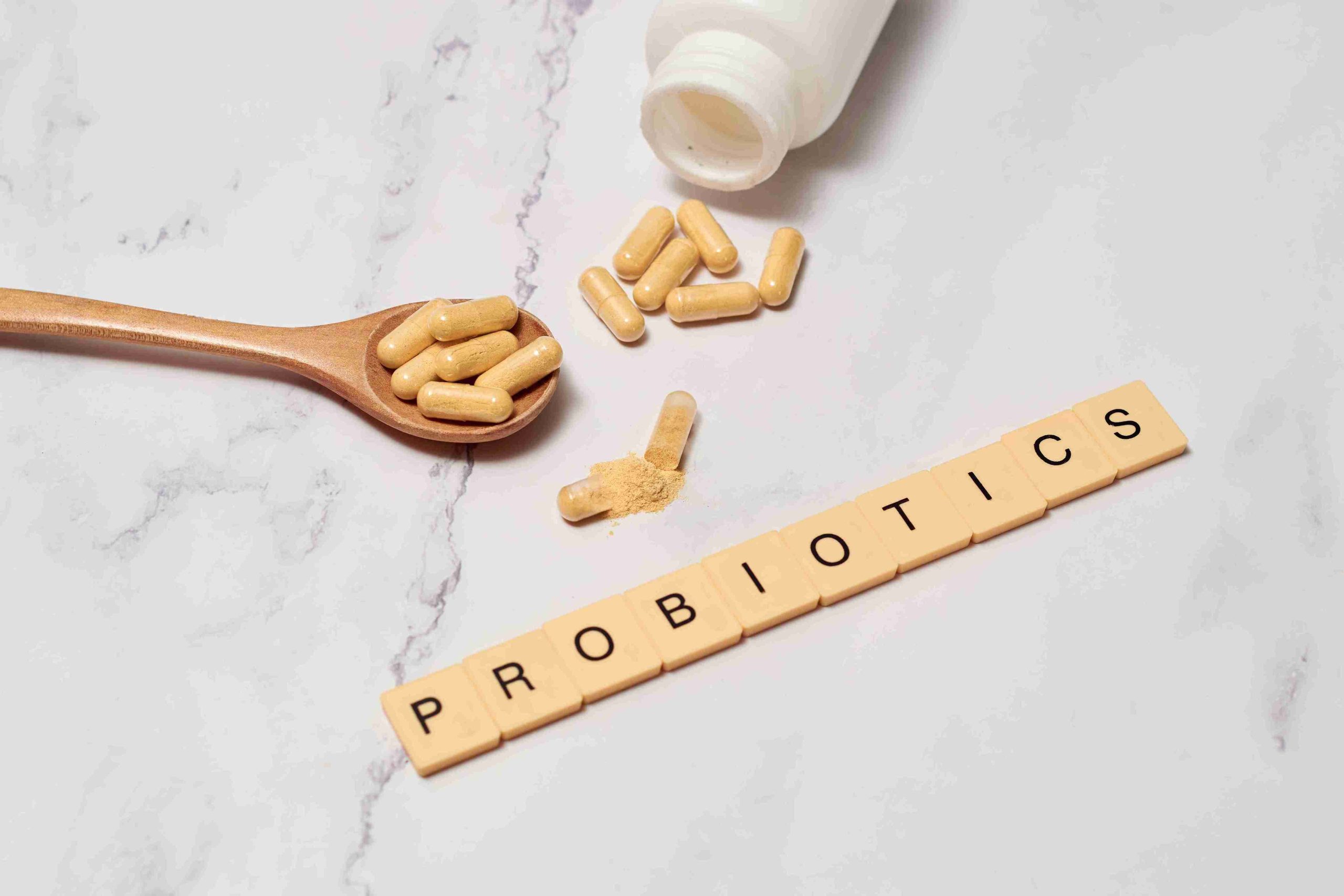Probiotics are often marketed as a cure-all for digestive and immune health, but how much of this is backed by science?
Let’s separate fact from fiction.
The global probiotics market is projected to reach $220 billion by 2030, according to Grand View Research.
Despite the hype, the efficacy of many probiotic products remains unclear.
Not all probiotics are created equal; their benefits depend on the strain, dosage, and individual gut composition (Chapman et al., 2011).
For example, Lactobacillus rhamnosus GG has strong evidence supporting its role in managing diarrhea (Mantegazza et al., 2018), while Saccharomyces boulardii is effective against antibiotic-associated diarrhea (Kotowska, et al., 2005).
However, guidelines may differ depending on the country.
The American Gastroenterological Association (AGA) provides clear guidelines on the use of probiotics, which serve as an important reference for clinicians and consumers alike.
According to the AGA’s clinical practice guidelines, probiotics are recommended only in specific, evidence-backed cases, such as Clostridioides difficile infection prevention.
These guidelines emphasize the need for more research to understand the broader role of probiotics in gastrointestinal conditions (AGA, 2020).
This caution is especially relevant given the variability in evidence and the methodological challenges across studies.
In the United Kingdom, probiotics are generally regarded as safe, but regulatory guidance is more conservative.
The National Institute for Health and Care Excellence (NICE) does not currently endorse routine probiotic use, citing insufficient evidence for widespread clinical benefits.
However, specific strains, like Bifidobacterium infantis 35624, have shown promise in managing irritable bowel syndrome (IBS) symptoms in clinical trials (Whorwell et al., 2006).
The European Food Safety Authority (EFSA) has stringent criteria for health claims related to probiotics.
Claims are frequently rejected due to a lack of scientific evidence.
Probiotics such as Lactobacillus plantarum 299v are recognized for their role in improving mild gastrointestinal symptoms, but their use is typically confined to specific indications (EFSA, 2011).
However, claims like “boosts immunity” or “supports overall gut health” are often too broad and lack robust scientific validation.
There are many methodological differences between studies too, from the strains used to the dose and route of administration.
Moreover, shelf stability and survival through the acidic stomach environment are critical and can be tested at NIUM by companies’ request.
Many over-the-counter probiotics don’t meet these standards, making them less effective than advertised (Zavišić et al., 2023; Hoffmann et al., 2014).
At NIUM, we’re committed to advancing microbiome science beyond the hype, focusing on evidence-based solutions.
If you are a probiotic producer and are seeking to explore some validations of your products, please contact NIUM here: https://www.nium.bio/contact/
References:
Chapman, C. M. C., Gibson, G. R., & Rowland, I. (2011). Health benefits of probiotics: are mixtures more effective than single strains?. European journal of nutrition, 50(1), 1-17.
EFSA Panel on Dietetic Products, Nutrition and Allergies (NDA); Scientific Opinion on the substantiation of health claims related to Lactobacillus plantarum 299v and reduction of flatulence and bloating (ID 902), and protection of DNA, proteins and lipids from oxidative damage (ID 1083) pursuant to Article 13(1) of Regulation (EC) No 1924/2006. EFSA Journal 2011; 9(4):2037. [15 pp.]. doi:10.2903/j.efsa.2011.2037.
Grand View Research. (2022). Probiotics Market Size, Share & Trends Analysis Report By Product (Food & Beverages, Dietary Supplements), By Ingredient (Bacteria, Yeast), By Distribution Channel, By End-use, By Region, And Segment Forecasts, 2022 – 2030. Retrieved from Grand View Research.
Hoffmann, D. E., Fraser, C. M., Palumbo, F., Ravel, J., Rowthorn, V., & Schwartz, J. (2014). Probiotics: achieving a better regulatory fit. Food and drug law journal, 69(2), 237.
Kotowska, M., Albrecht, P., & Szajewska, H. (2005). Saccharomyces boulardii in the prevention of antibiotic‐associated diarrhoea in children: a randomized double‐blind placebo‐controlled trial. Alimentary pharmacology & therapeutics, 21(5), 583-590.
Mantegazza, C., Molinari, P., D’Auria, E., Sonnino, M., Morelli, L., & Zuccotti, G. V. (2018). Probiotics and antibiotic-associated diarrhea in children: A review and new evidence on Lactobacillus rhamnosus GG during and after antibiotic treatment. Pharmacological research, 128, 63-72.
Whorwell, Peter J. M.D., F.R.C.P.1; Altringer, Linda B.S.2; Morel, Jorge Ph.D.2; Bond, Yvonne3; Charbonneau, Duane Ph.D.2; O’Mahony, Liam Ph.D.4; Kiely, Barry Ph.D.5; Shanahan, Fergus M.D., F.R.C.P., F.R.C.P.I., F.A.C.P.4; Quigley, Eamonn M. M. M.D., F.R.C.P., F.A.C.P., F.A.C.G., F.R.C.P.I.4. Efficacy of an Encapsulated Probiotic Bifidobacterium infantis 35624 in Women with Irritable Bowel Syndrome. American Journal of Gastroenterology 101(7):p 1581-1590, July 2006.
Zavišić, G., Popović, M., Stojkov, S., Medić, D., Gusman, V., Jovanović Lješković, N., & Jovanović Galović, A. (2023). Antibiotic resistance and probiotics: knowledge gaps, market overview and preliminary screening. Antibiotics, 12(8), 1281.

